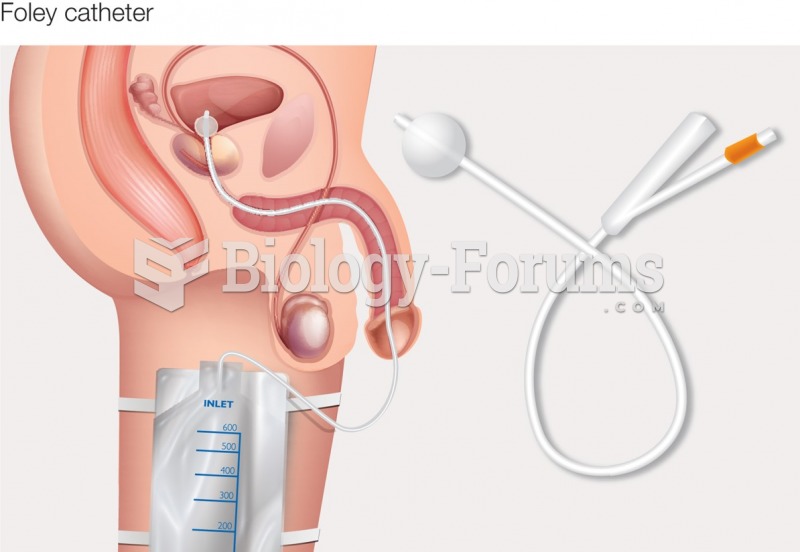Answer to Question 1
Technology refers to the knowledge, tools, and practices that use scientific or other organized knowledge to achieve some practical goal. In other words, technology puts scientific and other knowledge to use. Technology can be simplesuch as a shovel to dig a holeor it can be dazzlingly complexsuch as the Internet communications network that now encircles the globe. Technology can be both material and nonmaterial. Material technology would include things such as robots, computers, and nuclear bombs, whereas nonmaterial technology includes modes of social and economic organization, such as bureaucratization, mechanization, and automation.
Answer to Question 2
Conflict theorists argue that a credentials race occurs because some groups have a vested interest in placing greater emphasis on the importance of educational degrees. For example, raising the educational threshold for particular jobs is an easy out for harried personnel managers who can use educational degrees as a simple sifting device in selecting employees. In addition, educational institutions have a vested interest in this degree inflation because it generates a greater demand for their educational services. Students may not need the degrees to do the job, but they need the degrees to get the job. Most important, however, degree inflation serves as a way of maintaining the privileges of some while controlling the aspirations of others. By elevating degree requirements for particular jobs, people who have earned the degrees, or who are in a position to obtain them, protect their own positions and those of their offspring by restricting competition.







